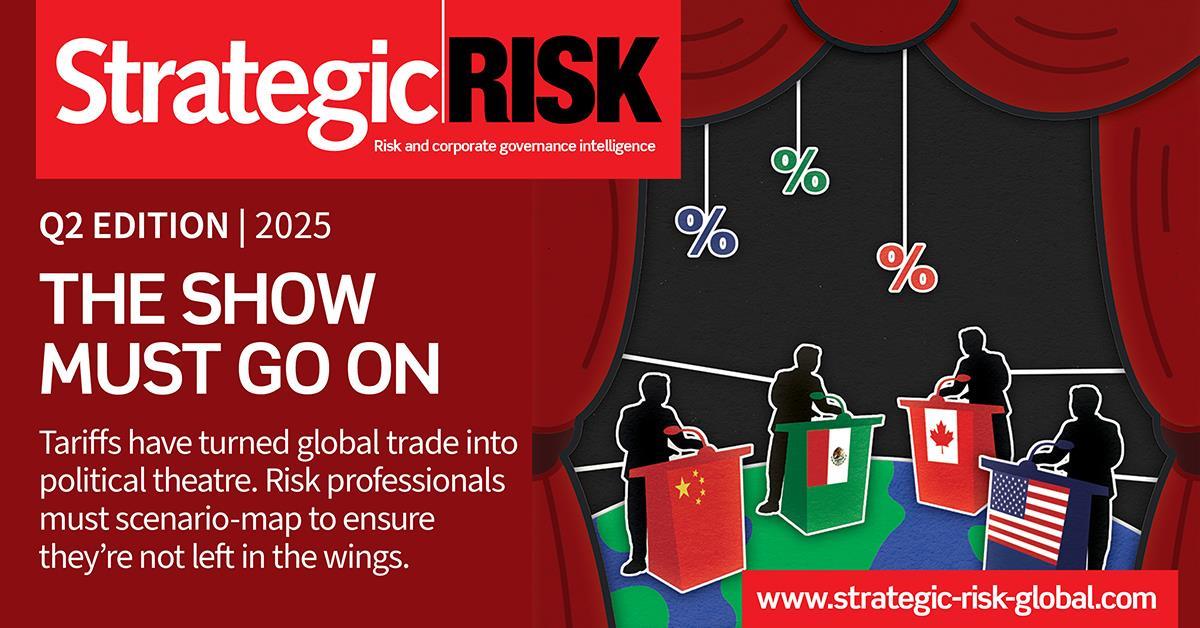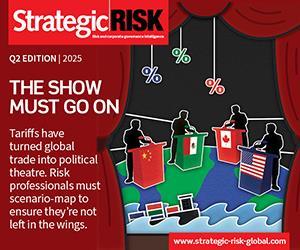Energy risk is a growing concern in a world where resources are becoming increasingly scarce, but mitigating this risk now offers a wealth of additional benefits

Increasing legislative requirements, growing volatility in energy prices and a tough economic climate have all contributed to making energy more of a top-level concern over the past few years.
In fact, the 2011 npower Business Energy Index (nBEI) - an annual report tracking business opinion on energy use - revealed that major energy users rank energy as the top business risk they face. It was placed higher than health and safety, credit and security in terms of risk.
While this is not necessarily a new concern - the issue of energy risk was identified as a significant business concern in 2010’s index - it is a growing one.
At the end of last year, npower commissioned the London School of Economics to produce a white paper Energy Risk Management for UK Business. This provided a comprehensive guide to current energy risks and forecast how they will grow in the future.
The report identified specific energy risks and, combined with feedback from businesses, the following areas are seen as fundamental elements of energy risk:
• Credit risks - a good credit rating is typically a requirement of any energy contract
• Increasing regulatory and technological complexity
• New price and reputation risks from carbon regulation, such as the Carbon Reduction Commitment Energy Efficiency Scheme (CRC) in the UK or the EU Emissions Trading Scheme and
• A continued upward trend and increased volatility in energy prices.
There are steps organisations can take to minimise their exposure to energy risk:
1 Develop an integrated strategy
Businesses need to develop an integrated strategy bringing together the management of energy consumption and energy procurement. This will be a step change for many, but it is crucial that the different people and departments responsible for energy work in a collaborative manner. It is also crucial that the strategy that is developed has board-level buy-in.
2 Put energy on the board’s agenda
Energy needs to be a board-level consideration. In this year’s nBEI, only 14% of organisations said they had someone responsible for energy purchasing sitting at board level. With so much risk attached to energy purchasing, it is an area that businesses should look to address to ensure the right level of focus is being given to the issue, and that it is at the heart of all operational decisions.
3 Implement an effective energy management strategy
The starting point of any energy management journey is data. Only with accurate data that shows where and how energy is being used, can the necessary measures be put in place to reduce consumption.
With more than a fifth (22%) of businesses stating they have not reduced their organisation’s energy consumption at all in the past 12 months in 2011’s nBEI, it is clear there is significant room for improvement. By reducing energy consumption, companies can decrease their exposure to the reputational and financial risks associated with energy.
4 Investigate the opportunities afforded by self-generation and demand management technology
This year’s nBEI revealed that 39% of major energy users and 61% of small to medium-sized enterprises do not have any self-generation capability. This means not only are they missing out on back-up generation capabilities and reputational benefits, but potential revenue streams.
Only 15% use self-generation to sell back electricity to the National Grid and just 11% said they would participate in the National Grid’s STOR (Short Term Operating Reserve) scheme. For major energy users in particular, there is the chance to generate significant revenues by selling back to the grid during times of high demand.
Added to this, as demand on the grid starts to become a major issue, large energy users in particular will need to assess new ways to manage their energy more intelligently, whether through self-generation technology or demand management tools.
5 Utilise energy management services and products
Organisations can help reduce their exposure to energy risk by taking advantage of the energy management services and products offered by the market. For example, smart meters capture crucial data on energy use, which can then be analysed to make decisions on energy efficiency.
This data can be used with monitoring and targeting software to make it easier to track energy consumption and reduction targets, and show where savings are Being made.
Wayne Mitchell is industrial and commercial markets director at npower




















